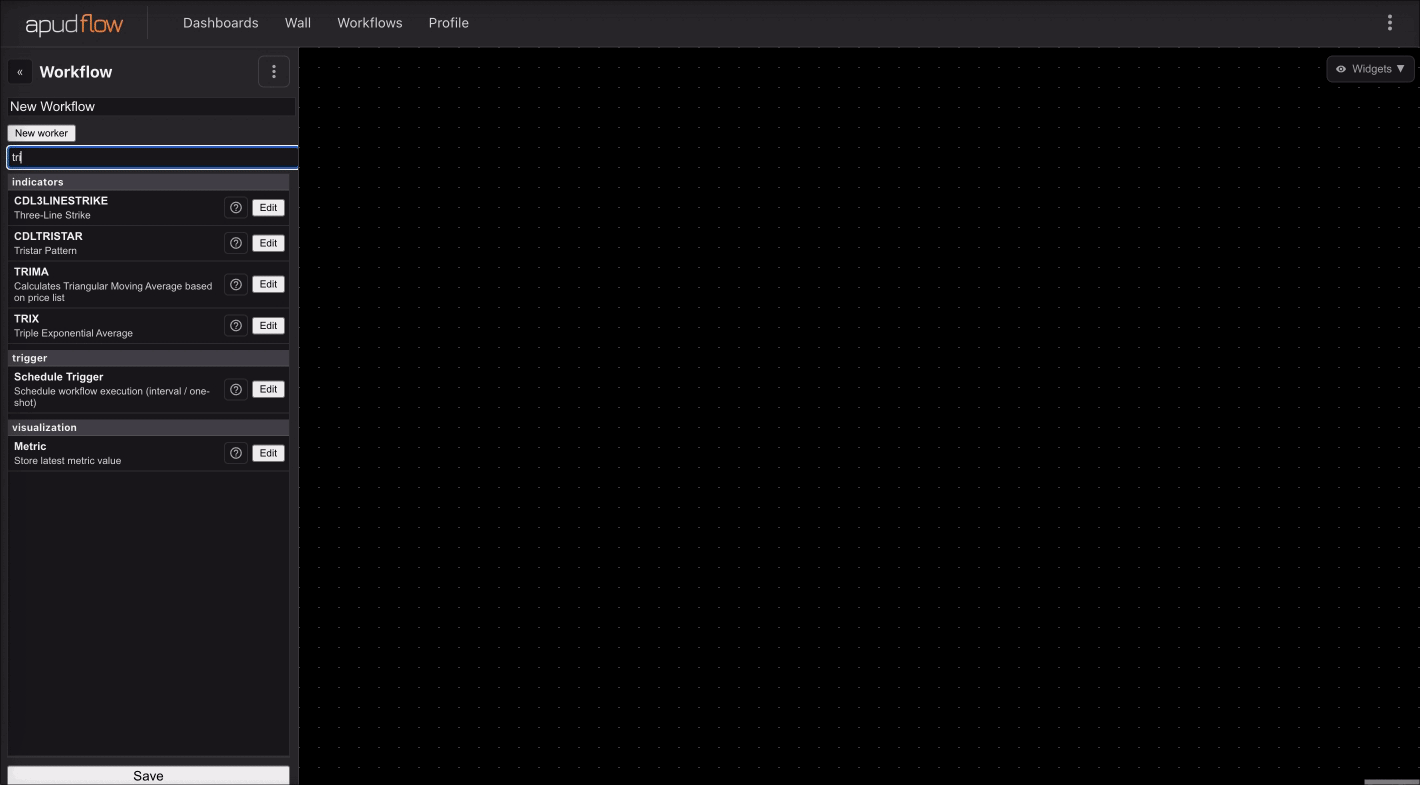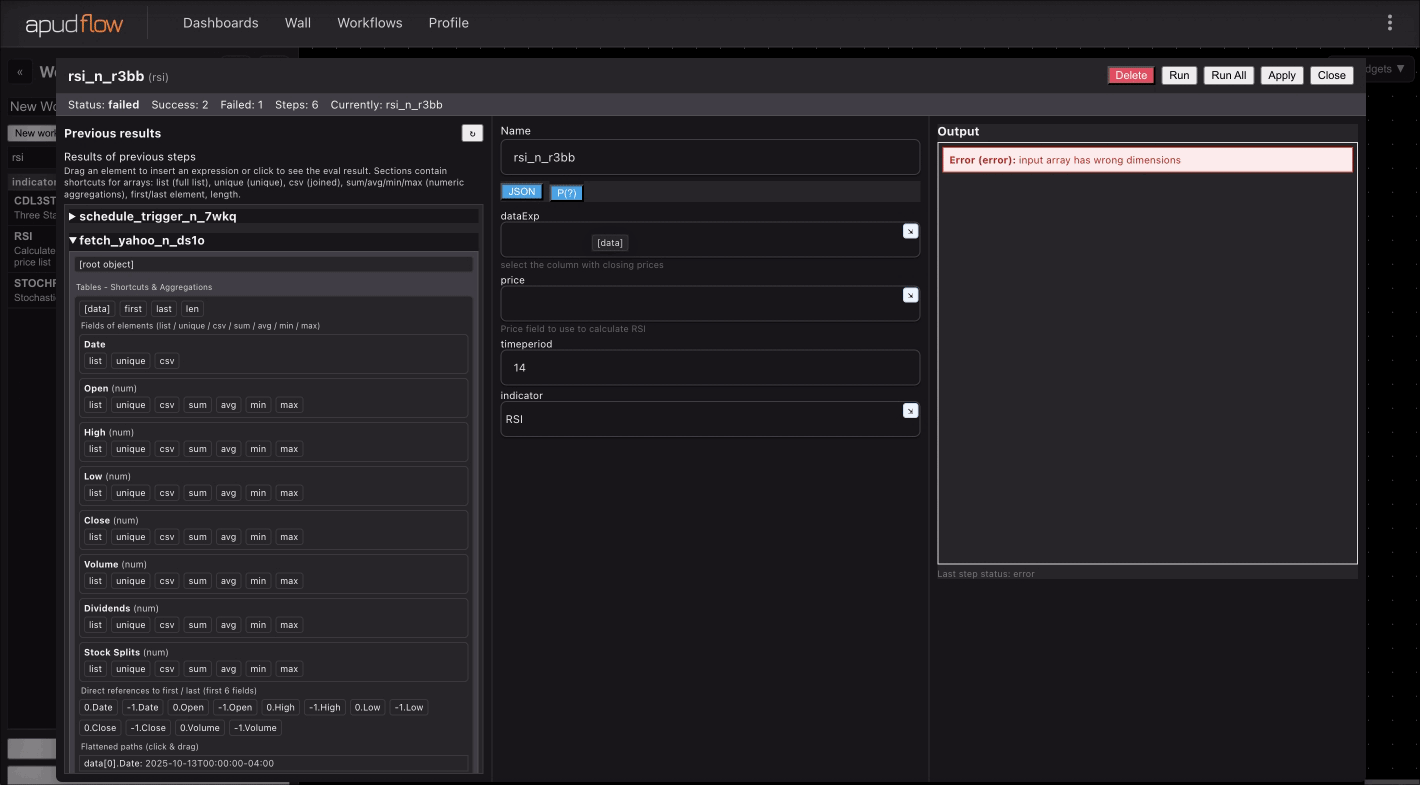Alpha#16
Type:
alpha_16• Category:indicators
Description
Alpha#16 - indicator based on covariance of ranked high and volume.
Parameters
| Name | Type | Description | Required | Default |
|---|---|---|---|---|
dataExp | string | price data | no | |
high | string | select the column with highest prices | no | |
volume | string | select the column with volume | no |
Help
Alpha#16
Description
Alpha#16 is an indicator from Alpha 101, a set of formulaic alphas developed by Zura Kakushadze. This indicator is based on the covariance of ranked high and volume.
What does this worker do?
This worker calculates the Alpha#16 indicator, which is a measure of the covariance between the ranked high prices and trading volumes of a security. The indicator is designed to capture the relationship between price movements and trading activity.
How to interpret the results
The Alpha#16 indicator can be used to identify potential trading opportunities. A positive value indicates a positive covariance between the ranked high prices and trading volumes, suggesting that the security is experiencing increased buying pressure. A negative value indicates a negative covariance, suggesting that the security is experiencing decreased buying pressure.
Parameters
The following parameters are required to calculate the Alpha#16 indicator:
- dataExp: price data
- Type: DataFrame
- Description: The input price data, including high prices and trading volumes.
- high: select the column with highest prices
- Type: string
- Description: The column name of the high prices in the input data.
- volume: select the column with volume
- Type: string
- Description: The column name of the trading volumes in the input data.
Usage
To use this worker, simply provide the required parameters and run the calculation. The output will be the Alpha#16 indicator value.
Visualizing the Indicator
The following GIFs demonstrate how to use the Alpha#16 indicator:


Reference
For more information on the Alpha 101 indicators, including the 101 Formulaic Alphas, please refer to the publication by Zura Kakushadze: